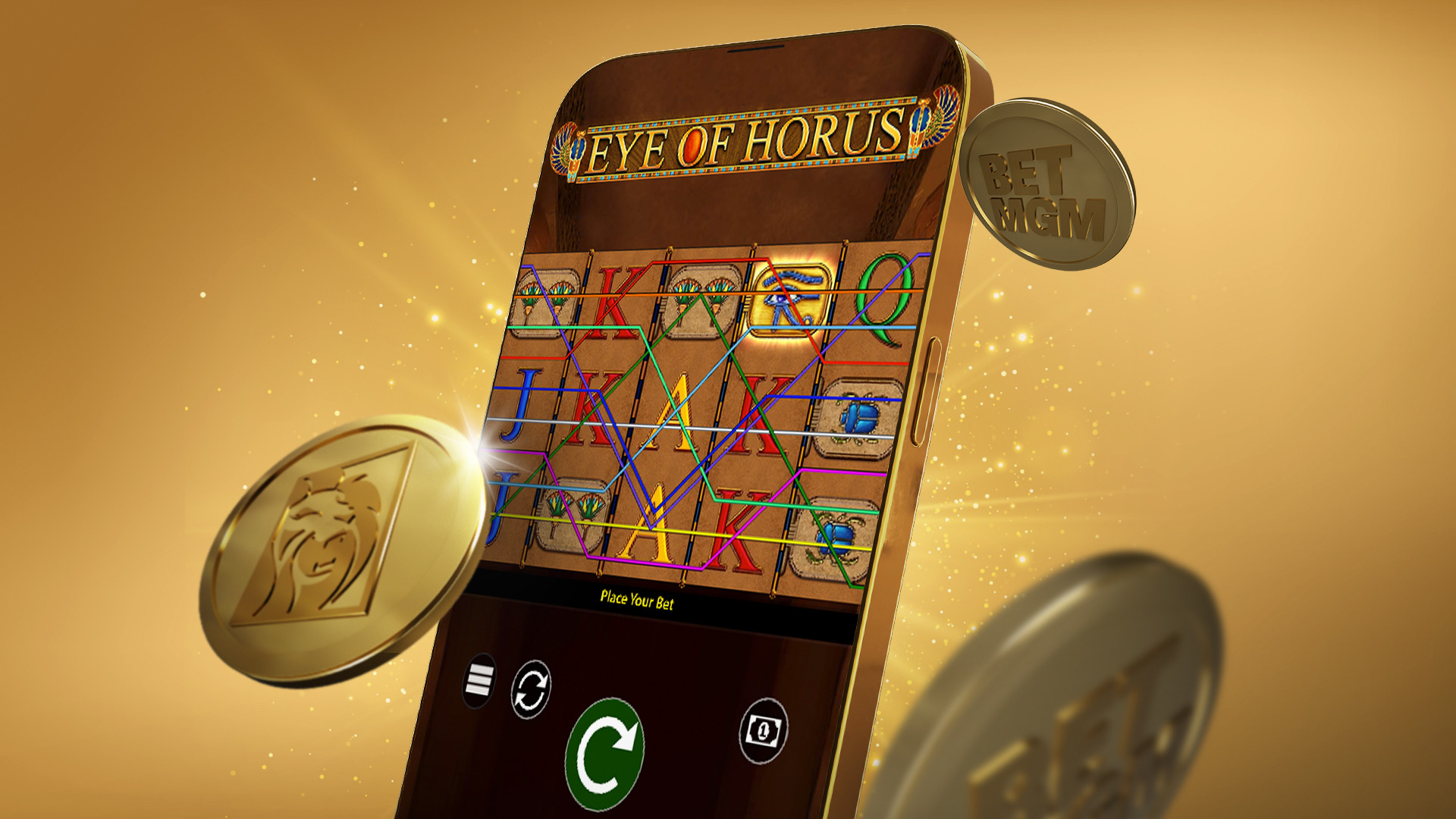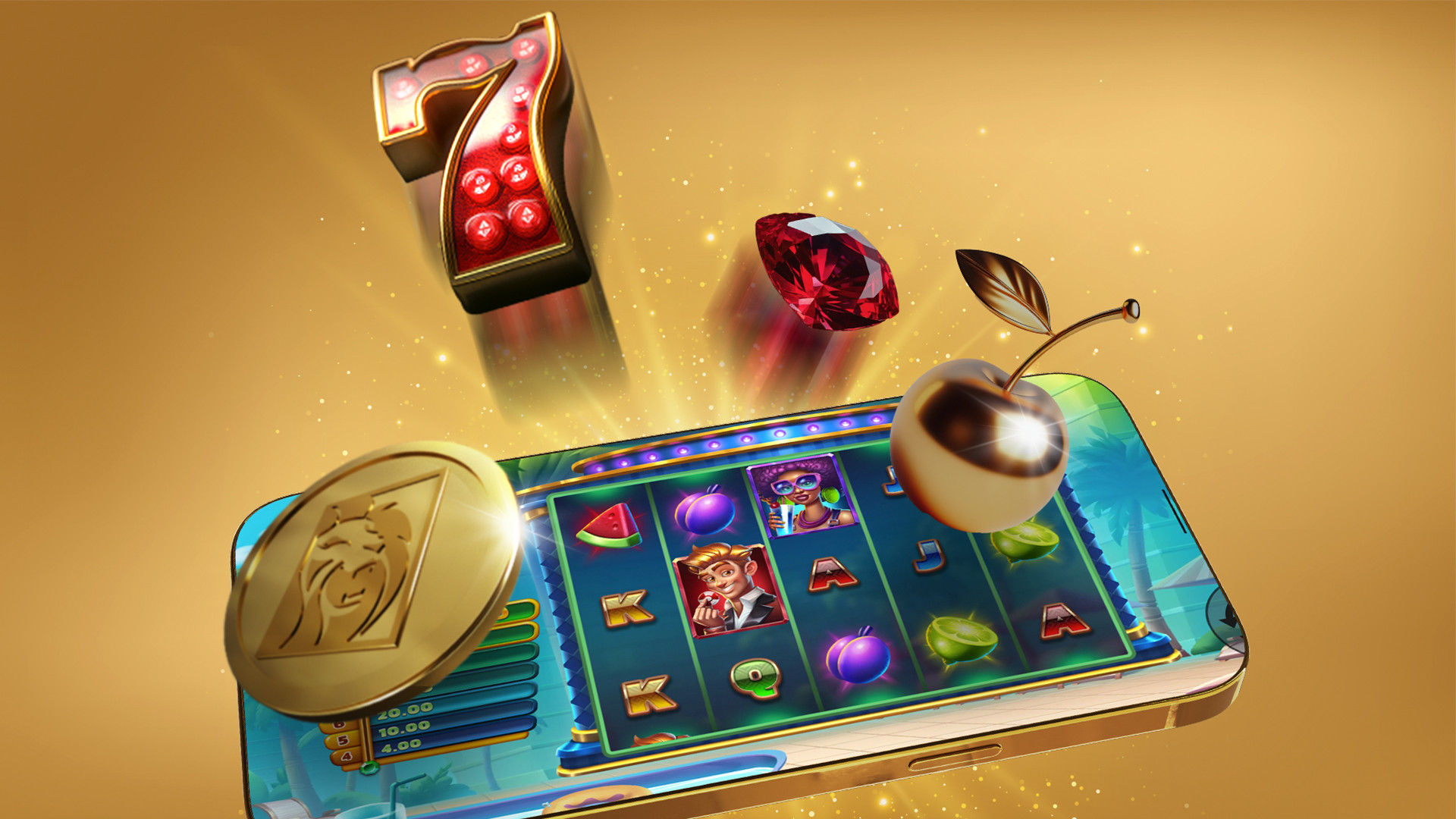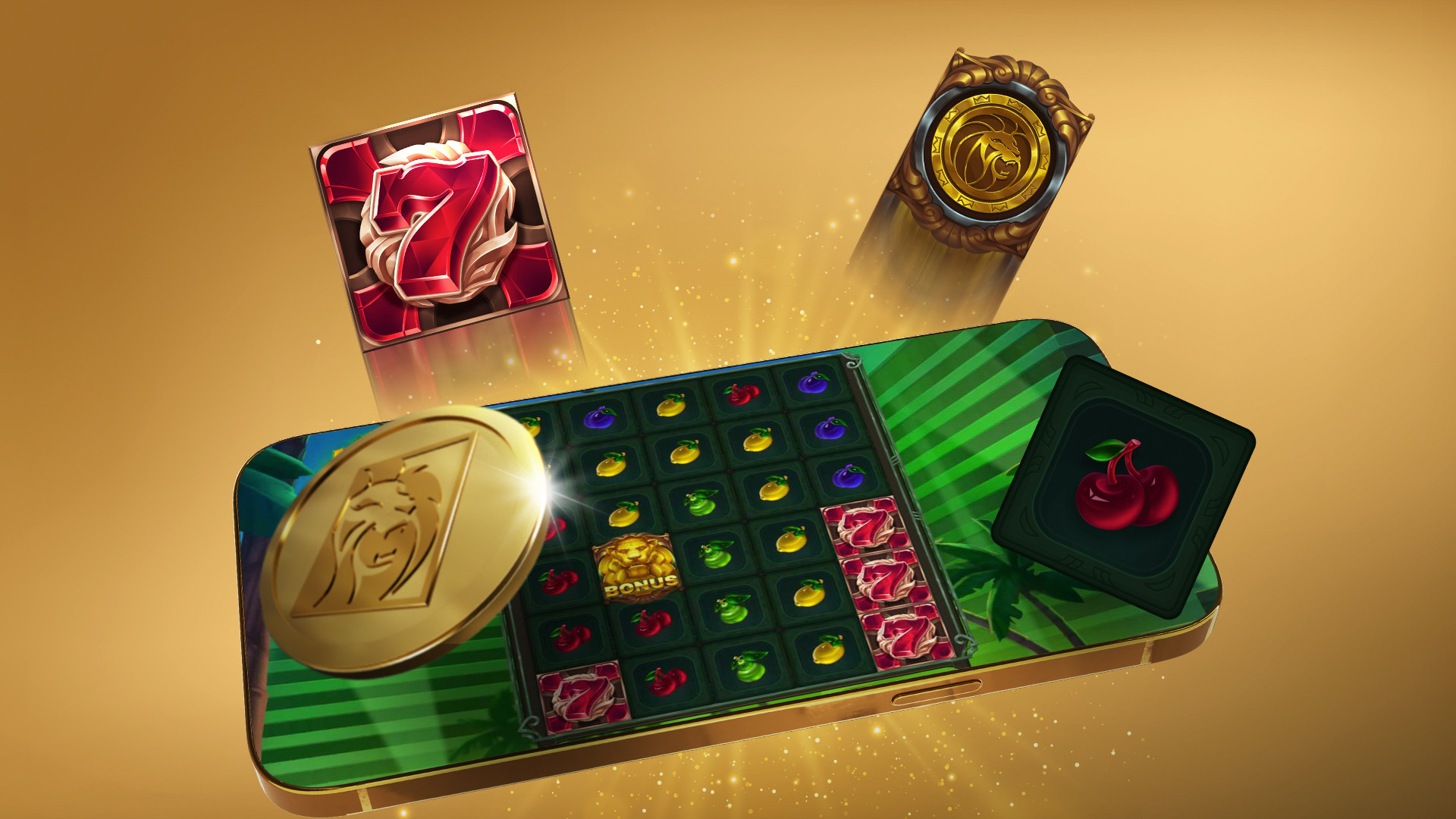
Understanding Slots RTP (Return to player) Guide
If you play slot games, you will come across the term “return to player”, or “RTP” for short, with a percentage displayed next to it. Every game is assigned an RTP rate to help you compare your options and choose a slot that fits your needs as a player.
Understanding casino return to player rates is easy once you understand the meaning behind the percentage and how to use this to inform your decision making. So you can do just that, we’ve created this guide that explains what RTP is, how it is calculated, and how to use it in your favour.
What is RTP?
RTP or return to player is a metric used by casinos to show you the theoretical average proportion of your wagers that you could expect to have returned while playing a specific slot game.
Every slot game has its own specific RTP, though you may also see people refer to a “casino return to player” or “casino RTP”, which is a reference to the average RTP rate of all its games.
It’s worth noting that you won’t find RTP used on table games, a different metric known as “house edge” is used on those. However, they both give you the same information but display it in a different way.
Understanding the RTP basics: how does it work?
RTP is expressed as a percentage and is usually around the high eighties to mid-nineties, though there are some games that get very close to 100%.
This percentage is a theoretical proportion of how much of your bankroll would be returned if you played that game for millions of spins. So, for example, a slot with an RTP rate of 90% would pay out £90 for every £100 wagered.
While that is the theory, you should remember that you’re not going to be playing a slot game for millions of spins, so you shouldn’t expect to receive the exact RTP rate when you play. Natural variance will mean sometimes you win more and other times you win less.
RTP rates are still useful, though, as they give you a tool to compare how favourable different games are so that you can choose one that offers a higher statistical chance of winning.
How is RTP Calculated?
Return to player rates are a theoretical calculation that is arrived at by playing a game many times to understand the percentage of wagers that get paid back out to players. To ensure that these numbers are accurate, casinos calculate RTP rates over millions of spins.
You can calculate your own RTP rate on a playing session by simply dividing your winnings by the amount you wagered. For example, if you won £30 from £50 of wagers, you would divide 30 by 50 and then multiply your answer by 100 to give you the percentage. In this case, your personal RTP would be 60%.
Casinos do the same calculation but on a much larger scale. Factoring millions of spins into their number crunching allows them to provide a fairer representation of a slot’s RTP. According to the Gambling Commission, an RTP rate calculated from 50,000 spins could be as much as 4.90862% out while that drops to just 1.09760% when doing the maths on 1 million games.
These calculations only work on this large scale, so you cannot expect to get the exact advertised RTP for every gaming session. Instead, sometimes you will get a higher return and other times it will be lower. This is to be expected and this degree of unpredictability is what makes slot games so popular.
RTP vs House Edge
There is sometimes confusion about whether RTP and house edge are the same but this isn’t quite true.
House edge is a similar type of calculation that is used to compare the favourability of table games. The best example of this is roulette, as the edge varies across the three main variants of roulette. American roulette has the highest at 5.26%, the European game is lower at 2.70%, while French roulette’s edge drops to 1.35% for even money bets.
While return to player rates reflect the average amount of wagers that are returned to players, house edge conveys the opposite - how much the casino gets to keep. This means that, while you want to maximise the RTP rate of the games you play, you’ll receive more favourable odds by playing table games with a lower house edge percentage.
You can think of the RTP and the house edge as two uneven slices of the same pie. Combined, they add up to 100%, so a 95% RTP means the casino’s house edge is 5%.
So if you’re choosing between different online casino games and want to compare the returns like-for-like, you can convert RTP to house edge or vice versa by simply subtracting one of the rates from 100. For example, French roulette’s house edge of 1.35% means you have an average RTP of 98.65%.
One other key difference between house edge and RTP is that a slot’s RTP is fixed, but on some table games, skilled players can reduce the house edge to make it more favourable. This is most common in [blackjack] (/live-casino/blackjack) where using basic and perfect blackjack strategies can cut the edge the casino has over you, though it’s still not a guarantee of a win.
How to use RTP in your favour?
The return to player rate can be used to help you in your gaming by helping you choose the most favourable games as well as build confidence and trust that you are being treated fairly by the casino.
Informed decision-making
There are many factors you might consider when choosing a new slot game to play, including what jackpots are on offer, the theme, and the bonus features that you can trigger in the base game.
In addition to these elements, you may also wish to compare the return to player rates offered by these slots to see which one is theoretically more favourable. While it’s important to remember that the RTP is not a guarantee, choosing a slot with a higher percentage gives you better odds of having more of your bankroll being returned.
It isn’t the only metric to consider, you may also wish to use the RTP rate alongside variance and volatility when deciding on a new slot to play. This is because variance and volatility are measurements of the spread of payout sizes and how frequently you are likely to receive a win.
Identify fairness
Casinos must prove to their players that they will be treated fairly. By displaying a return to player percentage on each game, casinos like BetMGM demonstrate a commitment to fairness, particularly when odds are independently verified.
It shows that games are not rigged against the player and will payout at the level of frequency you expect.
Choosing casinos and games that display the RTP is one of the ways you can ensure the operator is going to treat you fairly.
Trust and transparency
Trust and transparency are also very important for casinos. Advertising return to player rates can help to build trust by being open and honest about the odds of each slot game.
This transparency is more important with slots than table games because the structure of table games means they have a natural return to player rate, while slots can be programmed to offer theoretical set amounts of returns.


